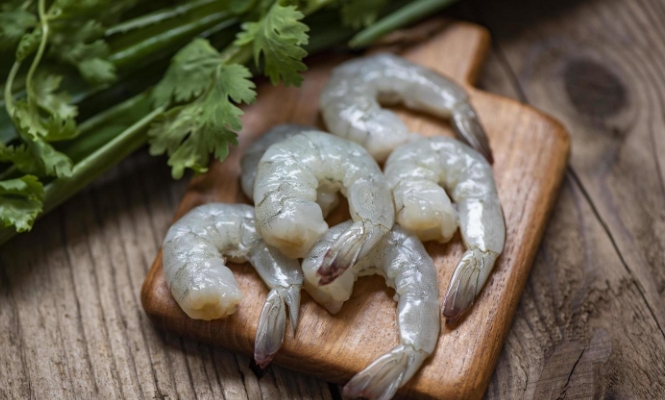The price of Vannamei Shrimp will continue to fall in the second quarter?
Novel Sharma, an analyst at Rabobank, said that global farmed shrimp prices may continue to fall in the first half of 2023, and the recovery in the second half of the year will largely depend on the Chinese market. It would be great if China could get back to pre-pandemic levels, it would be good for the industry. But he expects demand in the U.S. to remain subdued, and demand in the EU will also decline, but not to the level that we're seeing in the U.S. in 2022. In the first half of the year, we may see prices fall further, and then maybe in the second half or towards the end of the year, prices may pick up again.
The needs of the three major global markets
Rabobank warned that Chinese demand could pick up in the first months of 2023, from importers, but that doesn't mean Chinese consumer demand is also on the rise. Chinese importers may buy as much shrimp as possible because of the current low prices. It is expected that this year may not return to the level before the epidemic, but there will still be some growth, and we can gain more insight in the second half of the year.
Not only are vannamei shrimp's prices low in the US market, but they are also relatively cheap compared to other proteins. The "peaks and troughs" of retail prices lag U.S. wholesale prices by about two months, meaning that "the retail bottom you're seeing right now isn't actually a real bottom because it hasn't really reflected wholesale levels yet, so prices will Down, but probably not down to wholesale levels. If shrimp starts looking relatively cheap again, the market for shrimp will boom again.
In the European Union, shrimp prices have also fallen sharply. But their decline started much later than in the US. EU retail prices show that prices for farmed shrimp have only fallen so far in 2023 to levels seen at the end of 2022. Some industry experts say that shrimp prices may drop a little further and then we will see a new stability.
Little growth on the supply side
Rabobank forecasts very little supply-side growth for farmed vannamei shrimp, although this could change quickly as farmers are able to take advantage of relatively quick turnaround times in terms of production cycles. Producers in Asia - especially India - are nervous about the lack of market demand and are holding on to stocks. Ecuador will continue its strong growth momentum in 2023, and this growth momentum is expected to continue until 2027.
According to Rabobank's model, India's production is expected to fall by 13% year-on-year in 2023, with most of it occurring in the first half of this year. The main factor is that about 90% of farmers cannot even afford to put more shrimp in their ponds or do intensive farming due to the uncertainty of demand and the current high cost of farming shrimp. And India is turning more towards black tiger shrimp farming, a species more adapted to its climate. But still optimistic about India's rebound in 2024

Production in Vietnam is also expected to decline by 4% or 5% year-on-year. Due to some disease outbreaks, rising labor costs and chronic lack of investment in infrastructure. But Vietnam's market is at least more diversified than some of its rivals -- notably India, which is heavily reliant on the U.S. -- and output is likely to remain fairly steady over the next few years.
Production in Indonesia is expected to decline by around 4% in 2023, mainly due to slower demand. There are some production issues in Indonesia, including lack of hatchery quality control regulations and biological issues due to intensification. Currently Indonesia is mainly focused on the US market, but there is a possibility of turning to the Chinese market as well.







